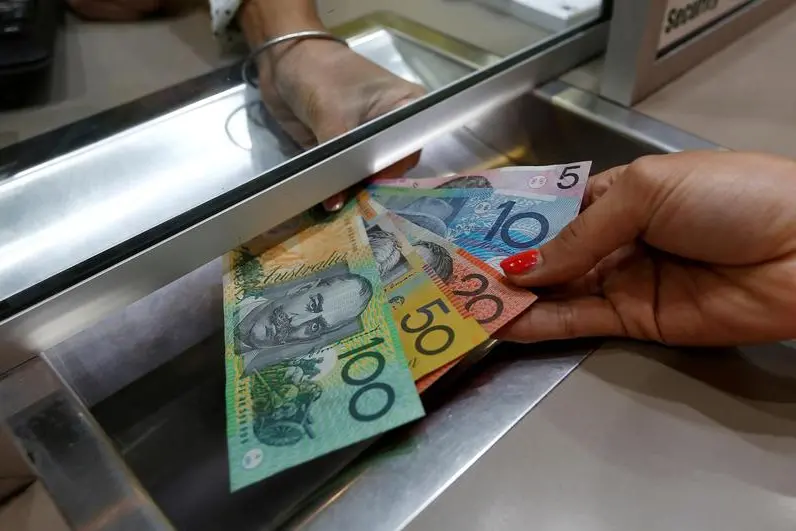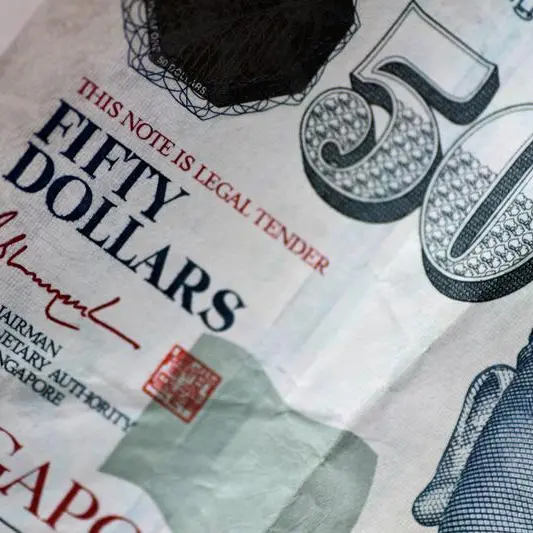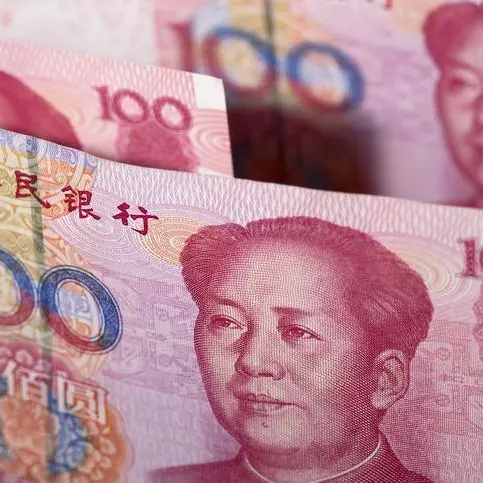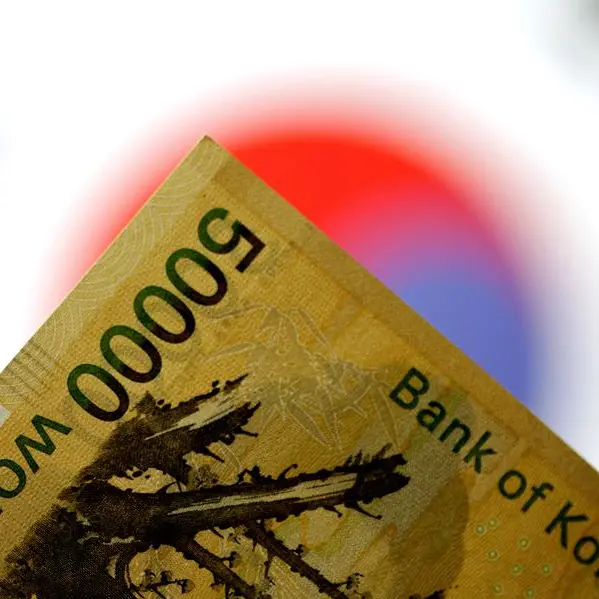PHOTO
The Australian and New Zealand dollars were headed for their firmest week in four months on Friday, buoyed by growing market conviction that U.S. interest rates have finally peaked, while bonds rallied from 12-year lows.
The Aussie is holding at $0.6434, having climbed 0.6% overnight to a five-week high of $0.6456. It is set to have gained 1.5% this week, taking it well away from last month's one-year low of $0.6271. Resistance, however, is heavy at $0.6445.
The kiwi dollar is buoyant at $0.5894, after a 0.8% increase overnight to $0.5916, the highest in more than two weeks. It is also headed for a 1.5% weekly jump, although it faces resistance at $0.5916.
In a week packed with central bank events, markets cheered what they increasingly believe is the end of the global rate-hiking cycle. The Bank of England's decision to hold its policy interest rate steady on Thursday puts the world's three major central banks in a "higher-for-longer" holding pattern.
The Federal Reserve already held rates steady a day earlier and Chair Jerome Powell struck a cautious tone by saying risks to the outlook for rate settings was balanced.
In Australia, the central bank is widely expected to hike by a quarter point next week and retain a tightening bias. Nearly 90% of the economists polled by Reuters expect rates to hit 4.35% at the policy meeting on Nov. 7.
Markets imply a 58% chance of a hike next week.
Data showed Australian retail sales volumes ticked up in the September quarter, yet sales per person still saw the largest annual drop on record as shoppers turned frugal in the face of cost of living pressures and high borrowing costs.
"With the base case being we see a 25bp hike while maintaining a tightening bias, then all things being equal the AUD should find good buyers, with AUDUSD spiking 30-40 pips," said Chris Weston, head of research at Pepperstone.
"Should the RBA leave rates on hold but retain a hawkish bias, then we should see the AUDUSD drop 50 pips or so off the bat."
Australian bonds rallied. Benchmark 10-year government yields are down 22 basis points in the past two sessions, the biggest drop since January, to 4.745%, well below its 12-year high of 4.999% hit earlier in the week. (Reporting by Stella Qiu; Editing by Jacqueline Wong)























